Which of the following compound will show retention in configuration on nucleophic substitution by OH− ion ?
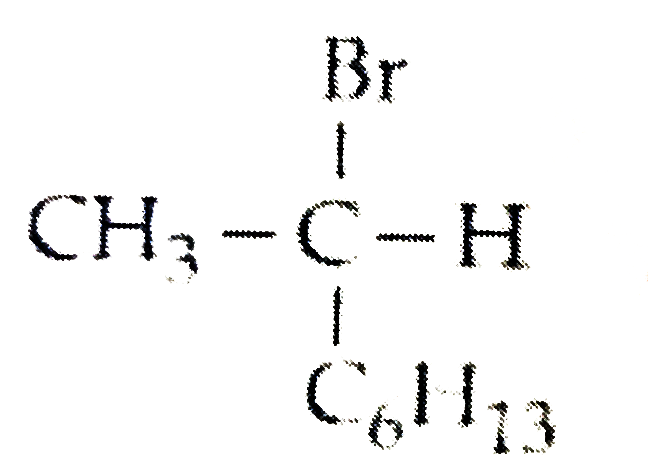
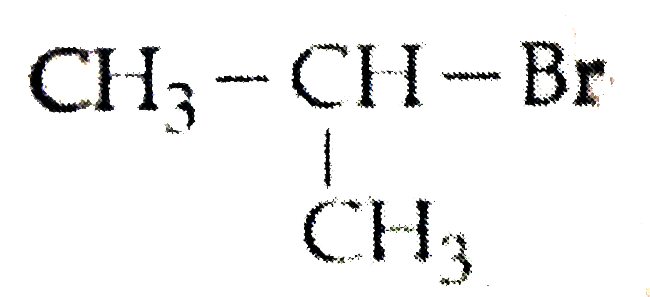
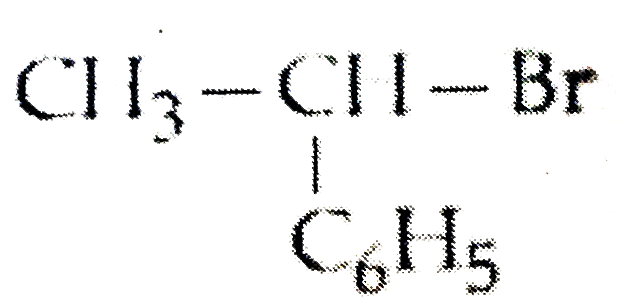
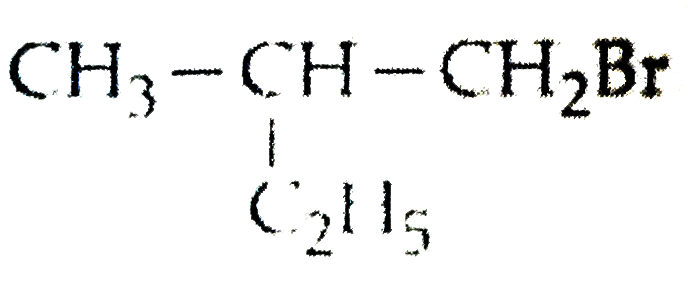
To determine which compound will show retention in configuration during nucleophilic substitution by the OH− ion, we need to analyze each option provided. Retention in configuration means that the stereochemistry of the compound remains the same after the substitution reaction.
1. Understanding Retention and Inversion:
- Retention occurs when the configuration of the chiral center remains unchanged after the reaction.
- Inversion occurs when the configuration changes from R to S or from S to R.
2. Identifying the Mechanism:
- Nucleophilic substitution can occur via two mechanisms: SN1 and SN2.
- SN1 reactions involve the formation of a carbocation intermediate and can lead to racemic mixtures (both R and S configurations).
- SN2 reactions involve a backside attack and lead to inversion of configuration.
3. Analyzing Each Option:
- Option 1: CH3CHBrC6H13
- The bromine (Br) will leave, forming a carbocation. The OH− can attack from either side, leading to a racemic mixture. Thus, it does not show retention.
- Option 2: CH3CH(CH3)Br
- This compound is not optically active (no chiral center), so retention is not applicable. Thus, it does not show retention.
- Option 3: CH3CHBrC6H5
- Similar to option 1, the bromine leaves, forming a carbocation. The OH− can attack from both sides, leading to a racemic mixture. Thus, it does not show retention.
- Option 4: CH3CH(CH2Br)C2H5
- Here, the bromine leaves, forming a carbocation. The carbocation is a secondary carbocation which can rearrange to a more stable tertiary carbocation. The OH− will attack from one side only due to steric hindrance, leading to retention of configuration.
4. Conclusion:
- The only compound that shows retention in configuration upon nucleophilic substitution by OH− ion is Option 4.
Final Answer:
Option 4 is the correct choice, as it retains its configuration during the nucleophilic substitution reaction.
- Retention occurs when the configuration of the chiral center remains unchanged after the reaction.
- Inversion occurs when the configuration changes from R to S or from S to R.
- Nucleophilic substitution can occur via two mechanisms: SN1 and SN2.
- SN1 reactions involve the formation of a carbocation intermediate and can lead to racemic mixtures (both R and S configurations).
- SN2 reactions involve a backside attack and lead to inversion of configuration.
- Option 1: CH3CHBrC6H13
- The bromine (Br) will leave, forming a carbocation. The OH− can attack from either side, leading to a racemic mixture. Thus, it does not show retention.
- Option 2: CH3CH(CH3)Br
- This compound is not optically active (no chiral center), so retention is not applicable. Thus, it does not show retention.
- Option 3: CH3CHBrC6H5
- Similar to option 1, the bromine leaves, forming a carbocation. The OH− can attack from both sides, leading to a racemic mixture. Thus, it does not show retention.
- Option 4: CH3CH(CH2Br)C2H5
- Here, the bromine leaves, forming a carbocation. The carbocation is a secondary carbocation which can rearrange to a more stable tertiary carbocation. The OH− will attack from one side only due to steric hindrance, leading to retention of configuration.
- The only compound that shows retention in configuration upon nucleophilic substitution by OH− ion is Option 4.
Option 4 is the correct choice, as it retains its configuration during the nucleophilic substitution reaction.
Topper's Solved these Questions
Similar Questions
Knowledge Check
Which of the following compounds will not show resonance?
A BCH2=CH−CH=CH−⊕CH2C
BCH2=CH−CH=CH−⊕CH2C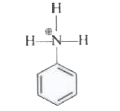 D
D
Which of the following compounds will not show enolisation?
A B
B C
C D
D
Which of the following compound will not show tautomerism ?
A2,2-DimethylpropanalB2,2-Dimethyl-1 nitropropaneCAcetyl AcetoneDBenzophenone
Which of the following compound can show resonance?
View Solutionwhich of the following compound will show stereo isomerism?
View SolutionWhich of the following compound will show optical isomerism
View SolutionWhich of the following compound does not show tautomerism?
View SolutionWhich one of the following compounds will show enantiomerism ?
View Solution
